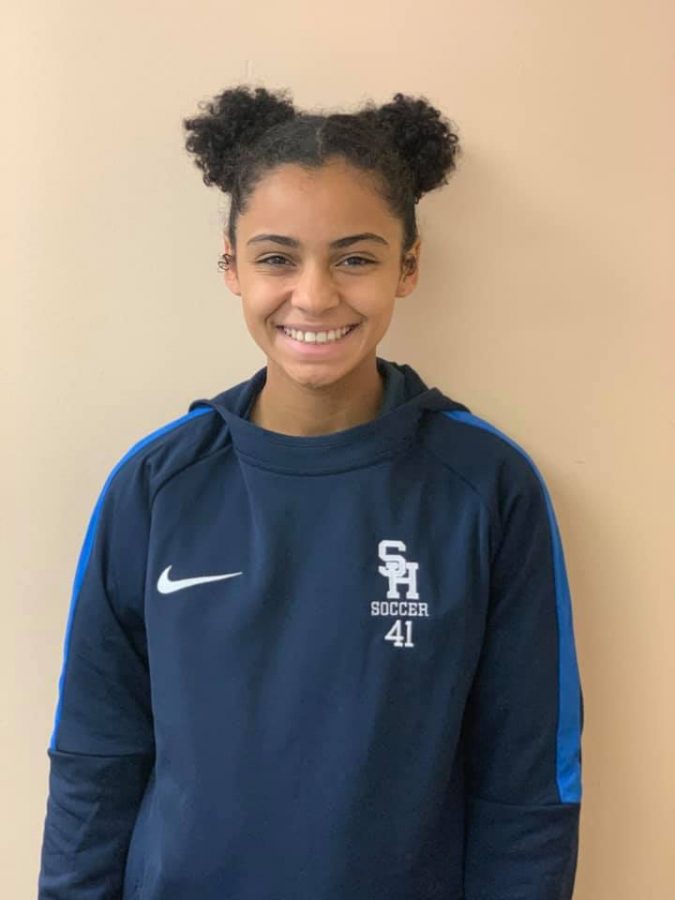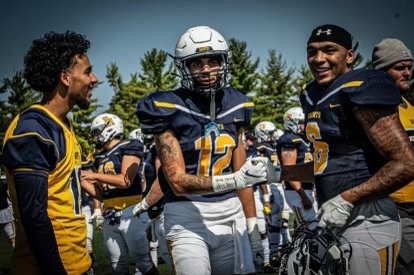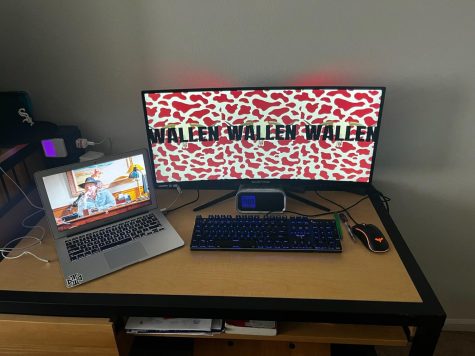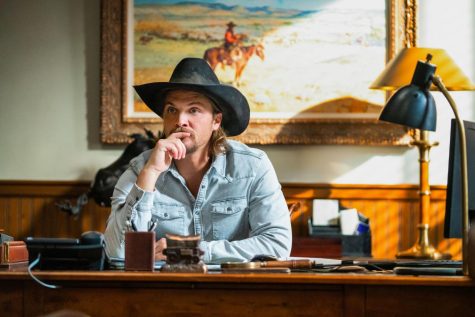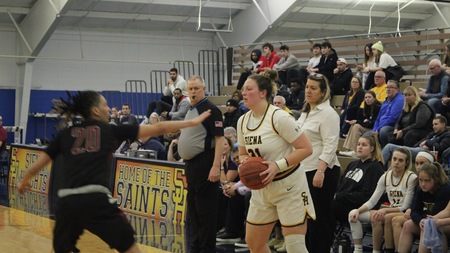COLUMN: The ‘Immortal’ Henrietta Lacks
Black History Month is here! It is important to learn about and acknowledge the African-Americans who have influenced the history of this nation.
Henrietta Lacks was a hardworking mother of five, and a tobacco farmer. While there isn’t much information on her or her life before the discovery of her ovarian cancer at the age of 30, researchers have confirmed that her cells are a part of many scientific developments that will continue to impact the world.
“A sample of her cancer cells retrieved during a biopsy were sent to Dr. George Gey’s nearby tissue lab,” according to HopkinsMedecine.org. Apparently, her doctor had been collecting DNA from his patients for quite some time before he encountered Henrietta’s.
What made Lacks’ cells so special? Her cells, named HeLa cells, were the only ones to survive in Dr. Gey’s lab. In fact, it has been said that upon discovery, the cells doubled every 20-24 hours.
Soon, scientists discovered the value of these cells, discovering that, “They were essential to developing the polio vaccine. They went up in the first space missions to see what would happen to cells in zero gravity. Many scientific landmarks since then have used her cells, including cloning, gene mapping and in vitro fertilization,” said the Smithsonian.
The list of discoveries and research that her cells were involved in goes on. Like many of the African Americans who have silently contributed to some of the world’s most cherished inventions, Lacks’ contribution went unrecognized, and her family saw none of the profits gained from said discoveries.
When Lacks’ family found out about the use of her cells, which was 25 years after her death, they were confused and angry. Many of them did not even understand what a cell was, and how a part of their beloved family member could have lived on after her death. Smithsonian says that her family “… launched a campaign to get some of what they felt they were owed financially.”
While Lacks died of ovarian cancer at the age of 31, she continues to live vicariously through the innovation that her DNA has inspired.

